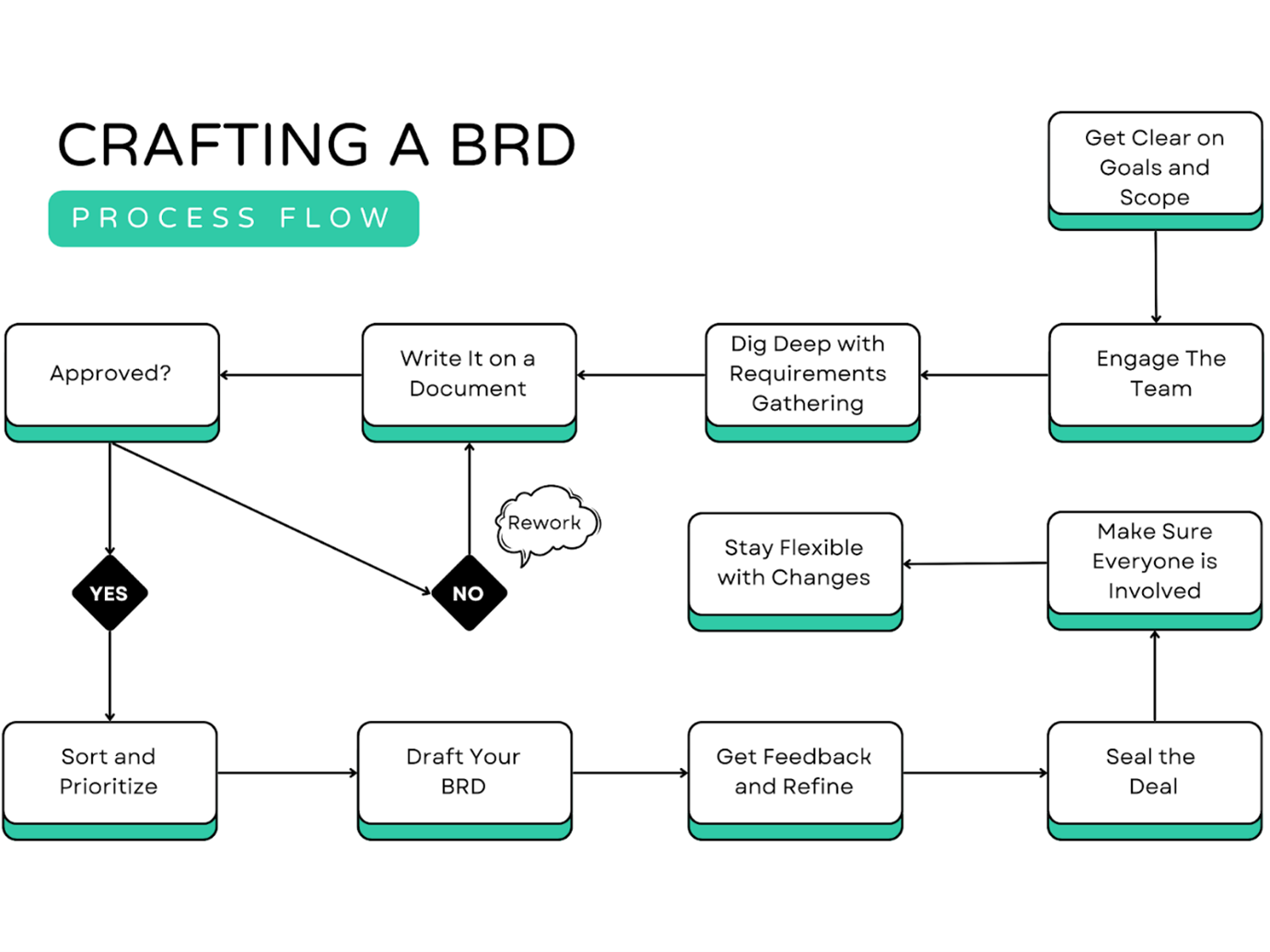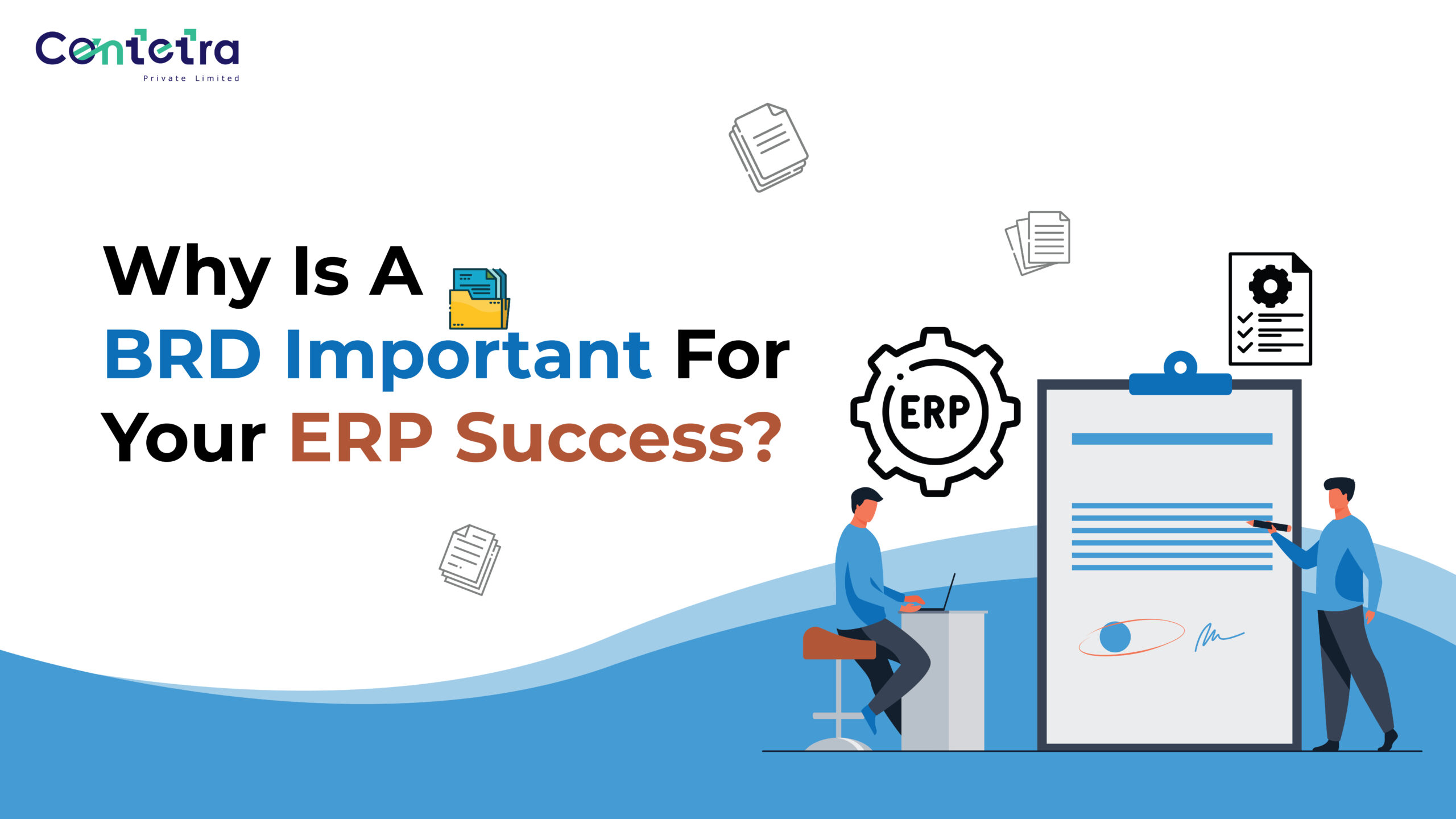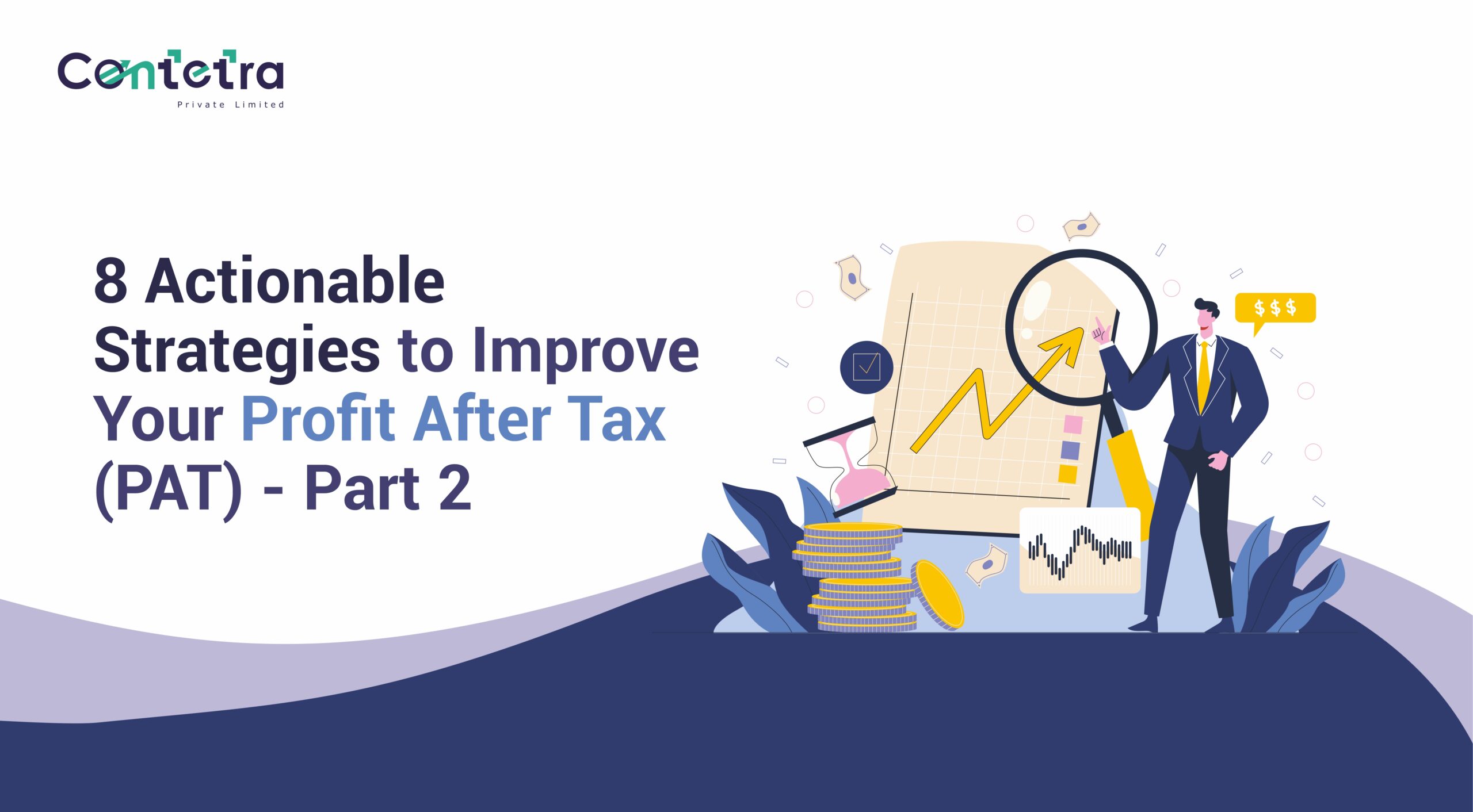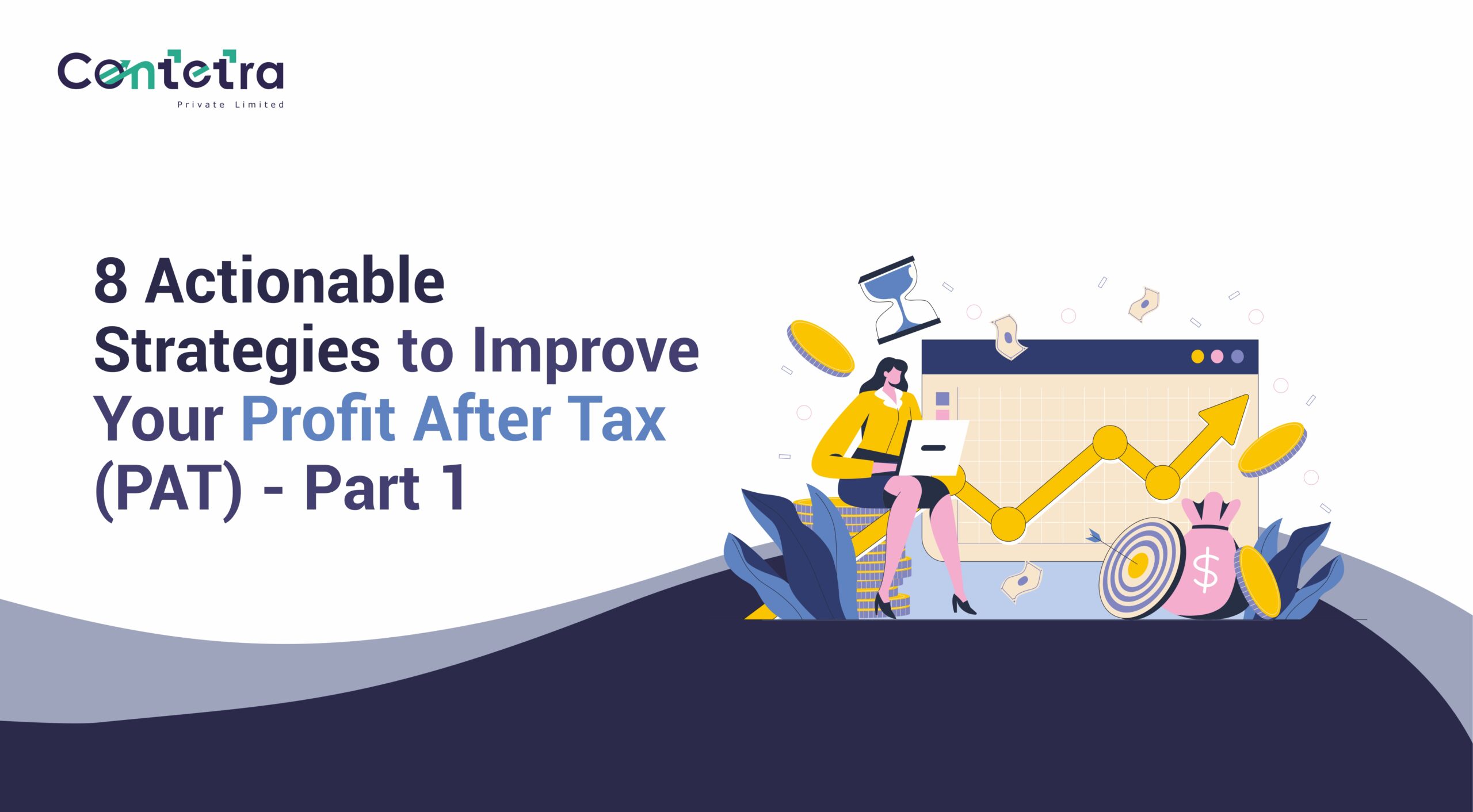Do you know the cost of ERP solutions can range anywhere between INR 8,00,000 to INR 1,00,00,000 in India?
Such projects are high-value and required to be executed with the utmost efficiency. To achieve these results, proper business planning and business analysis documents are essential.
It all begins with a solid Business Requirement Document (BRD). A meticulously prepared BRD doesn’t just set the stage for your ERP strategy; it also acts as your constant guide during the entire implementation process.
So, how can you ensure your BRD checks out all the right boxes for your ERP implementation strategy?
Essentially, the ERP brings together various business functions into one unified system. This integration streamlines operations and boosts efficiency. Understanding how ERP transforms business planning is key to recognising why a solid Business Requirements Document (BRD) is so essential.
Now, about the BRD – it’s more than just a piece of paper. It’s the cornerstone of your ERP implementation strategy. The BRD details your business’s needs, goals, and the specific features you expect from an ERP solution. Picture it as the master plan steering your ERP journey.
The BRD outlines what’s critically important for quality (CTQ). This helps capture the voice of the customer (VOC), reflecting what your clients truly need and desire. The BRD bridges the gap between customer expectations and your business’s solutions.
Why do you need a robust BRD?
- It Acts as a Communication Bridge: Think of the BRD as your go-to guide for explaining how your company’s solutions are designed to meet customer needs, as well as the broader objectives of your business and any specific project goals.
For example, it discusses how the integration of various systems can automate the O2C and P2P processes, reducing manual errors and enhancing efficiency. Such integration and automation will further address current pain points like reconciliation processes or invoice generation.
- Tailored Solutions for Every Phase: With a BRD, you’re not just throwing solutions at problems. Instead, you’re carefully crafting the best approach for each stage of your ERP implementation strategy, ensuring that every step is aligned. The document shows a need for custom solutions tailored to specific business needs, such as policy management and claims handling. A well-crafted BRD can guide the customization of ERP solutions to align with the unique workflows and services of the company.
- Harmony Among Stakeholders: The BRD isn’t just a business analysis document; it’s a consensus builder. By outlining clear goals and methods, it helps bring all stakeholders to the same page, making sure everyone agrees on the path forward.
- Risk Management & Compliance: The BRD will outline the complexities in various operations, will ensure compliance with regulatory requirements and manage risks associated with financial transactions and data security.
- A Clear Path to Meeting Needs: Lastly, the BRD does more than just list requirements. Creating a detailed BRD helps in mapping out critical business processes and identifying areas for improvement, which is crucial for operational efficiency as indicated by the issues and resolutions in the document. It paints a vivid picture of how customer and business needs will be met through your proposed solutions. It’s about showing the roadmap to success, not just telling.
Case Study 1
Challenge
Trident Limited (name changed), a client of Contetra, was encountering significant inefficiencies with their accounting processes that were largely manual, leading to frequent errors and slow turnaround times.
Objective
The primary goal was to streamline operations and integrate systems to automate procurement (P2P) and order-to-cash (O2C) processes. A key objective was also to integrate Saiba seamlessly into the new ERP system to enhance data consistency and improve client service management in insurance operations.
BRD’s Role and Implementation
The BRD meticulously detailed the requirements for automating P2P and O2C processes and specified the integration points for Saiba within the new ERP system. This was crucial for ensuring data flowed seamlessly between the ERP and Saiba, enhancing overall operational efficiency and accuracy in client management.
Results
- Reduction in process time for daily operations.
- Decrease in manual errors.
- Enhanced data accuracy and client management within operations due to seamless Saiba integration.
- Annual cost savings from improved operational efficiencies.
How Should You Approach The Project?
Crafting an effective BRD for ERP solutions is like laying down the blueprint for a successful project. How can you go about it? Let’s take a look.
 In the tech world, implementing an ERP may seem routine, but simply having the software isn’t enough to benefit your organization. It’s crucial to understand and streamline processes across various areas like Sales, Accounting, Marketing, and Logistics. Achieving peak efficiency demands cross-functional collaboration in every aspect, which often requires a functional partner for execution.
In the tech world, implementing an ERP may seem routine, but simply having the software isn’t enough to benefit your organization. It’s crucial to understand and streamline processes across various areas like Sales, Accounting, Marketing, and Logistics. Achieving peak efficiency demands cross-functional collaboration in every aspect, which often requires a functional partner for execution.
Case Study 2
Challenge
Azeis (name changed), another client of Contetra, faced significant challenges in automating their financial operations, especially in adhering to international financial reporting standards (IFRS).
Objective
The goal was to enhance financial transparency and compliance, specifically through better revenue recognition practices, on the system itself.
BRD’s Role and Implementation
The BRD was crucial in outlining the need for a revamped finance module that integrated seamlessly with IFRS requirements, including detailed revenue recognition processes. It also outlined the revenue model, profit centres, different contracts and when revenue should be recognised in each case.
Result
This resulted in streamlined revenue recognition on the system itself.
What Should You Check In a BRD?
A BRD outlines the current state of the business and the planned tasks for the future. Before any project gets off the ground, all stakeholders must be on the same page and agree on these foundational aspects, as they form the bedrock of project development.
Now, who are these stakeholders involved in crafting the BRD? Well, there’s a diverse group: the Business Owner Representative, the Development Team Representative, the Subject Matter Expert, and the Maintenance Team Representative. Each brings a unique perspective to the table.
Each stakeholder is assigned specific roles using the Responsible, Accountable, Consulted, and Informed (RACI) matrix during the design phase of the document. They all must share their insights and perspectives to ensure a well-rounded document.
So, what goes into a BRD? It’s quite comprehensive. You’ll find sections like:
- Project Background: This gives you the why and how of the project’s inception.
- Business Goals and Objectives: Here’s what the business aims to achieve through this project.
- Stakeholders: Who’s involved? This section details everyone who has a stake in the project.
- Requirement Scope: Outlines the boundaries and scope of the project.
- Functional Requirements: What must the ERP solution do? These are the must-have features.
- Data Requirements: Details about the data needed and how it should be handled.
- Non-functional Requirements: These are about the system’s performance, security, and usability.
- Interface Requirements: How the system interfaces with other systems or users.
- Business Glossary/Definitions: A handy reference to understanding the specific terminology used.
- Dependencies of Existing Systems and Assumptions: What existing systems are we relying on, and what assumptions are we making?
The importance of the BRD in ERP solutions cannot be overstated. As it moves through the Project Life Cycle (PLC) and based on which interim deliverables are produced. These contribute piece by piece to the final project deliverable – the end product for which the project was initiated.
An ERP system isn’t just a tool—it’s your business’s wingman, adapting and innovating alongside you. It’s all about empowering your team to deliver top-tier service, nurture customer relationships, and drive sustainable growth.
At Contetra, we don’t just sell ERP systems; we co-create dreams with CFOs and finance leaders. We understand that your business is one-of-a-kind, and your ERP system should be too.
Visit our website and book a call with our team to understand what the perfect ERP solution will look like for your business.














